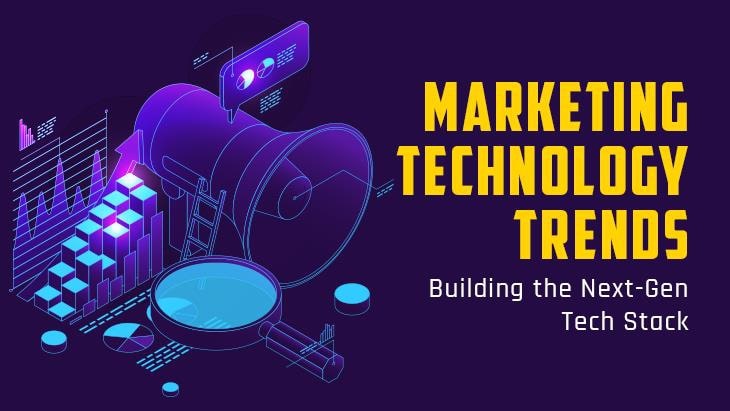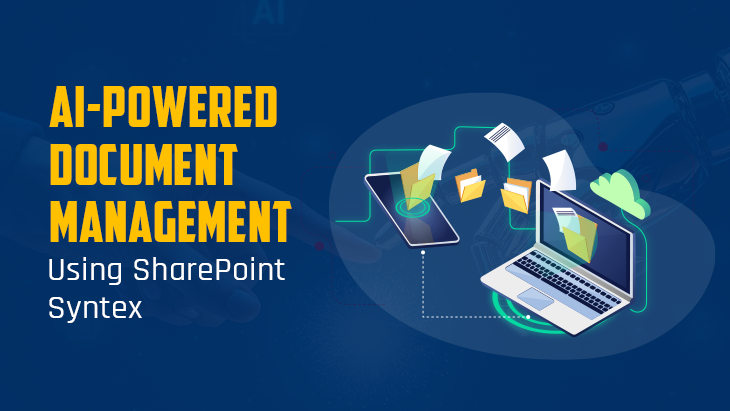Simply put, Blockchain Technology is a digitized ledger that has records of data managed by multiple computers. It has time stamps and is incorruptible.
The blocks of data are protected by passwords which are bound to each other through chains.
It is a technology that records business transactions in ledger form. Right now, blockchain technology is booming and adapting this technology for your business is the best way to build organic website traffic.
BLOCKCHIN FOR WEBSITE TRAFFIC:
Almost every industry and every process are ready to be transformed by blockchain technology, including search engine optimisation
Blockchain Technology creates a decentralized search engine that helps advertisers get in front of the target audience.
Organizations like BitClave uses innovative techniques to attract organic website traffic.
With the foundation of blockchain technology, advertising platforms can display all click-throughs in real time. They can also help marketers by renting out their advertising space and bringing quality traffic.
Blockchain technology offers new tools for authentication and authorization in the digital world that preclude the need for many centralized administrators.
As a result, it enables the creation of new digital relationships. By formalizing and securing new digital relationships, the blockchain revolution is posed to create the backbone of a layer of the internet for transactions and interactions of value
Often called the 'Internet of Value', as opposed to the 'Internet of Information' which uses the client-server, accounts and master copy databases we’ve been using for over the past 20 years.
As a content writer, if you actually search for Blockchain Technology, the search results are actually very disappointing.
Not all SEO firms are equal. You want to look for one that has a history of involvement in blockchain and cryptocurrencies, as well as extensive experience with websites in this industry.
Here are just a few examples of companies who are currently investing in blockchain tech and in some cases offering Blockchain-as-a-Service (BaaS):
- Microsoft is building a decentralized ID system on top of blockchain technology similar to Bitcoin, Ethereum, and Litecoin, and they’re supporting it through their Authenticator app. Microsoft is also offering blockchain storage for banks, healthcare, and ledger start-ups.
- Online colossus Amazon, through a collaboration between Digital Currency Group (DCG) and their own Amazon Web Services, are providing their own BaaS to tech-based companies like financial organizations and insurance agencies.
- Not to be excluded, IBM also has a BaaS platform designed to streamline operations for companies with a lot of e-commerce transactions.
- Blockchain has immediate impact on supply chain management, and companies like Walmart and IBM have already applied the technology to their own inventory replenishment programs. This is particularly advantageous for grocery chains who can significantly reduce the amount of food that’s wasted.
Since blockchain is so hard to corrupt and records accurate histories of online behaviour, the technology is perfect for tracking all sorts of things,
This makes it a prime candidate to solve one of the biggest gravy areas in online advertising: How do you know that anyone is actually looking at your content?
Using blockchain, a brand could now actually pay customers to watch ads and thereby verify that the ad was delivered and viewed by a real person.
This would include optimizing the frequency of ads to ensure that you’re not overdelivering them.
Most likely customers would be paid in a blockchain currency that could be cashed in through a loyalty program.
Because blockchain links all transactions and online behaviours for each customer, one of the biggest thing’s marketers should be excited about is a more robust and rich unified profile for each and every customer.
Make sure you understand what your first-party data strategy is and that you can answer these questions:
- Where do you interact with customers? Which channels?
- How are you collecting data from your customers?
- Where do you store that data?
- How are you leveraging that data?
















Post Comments